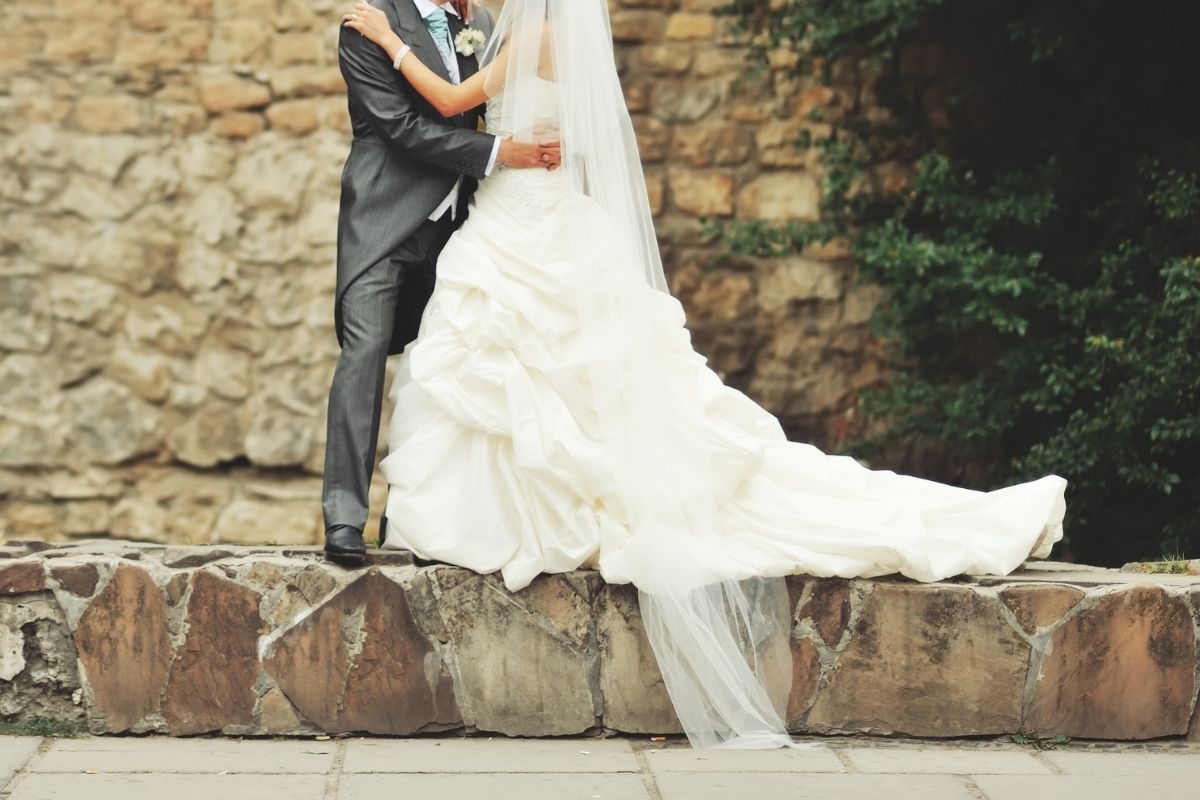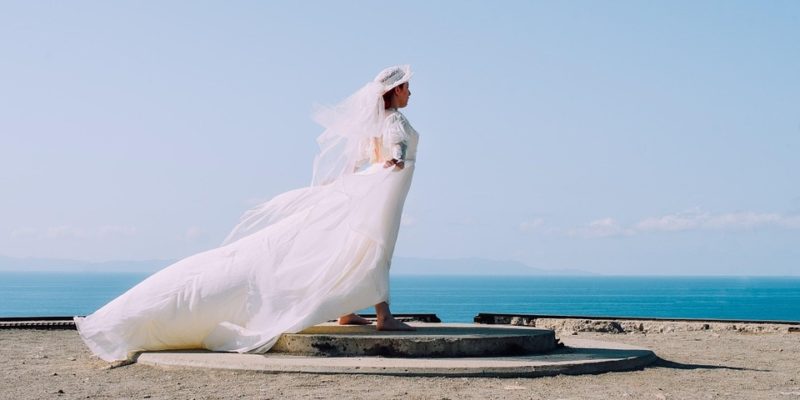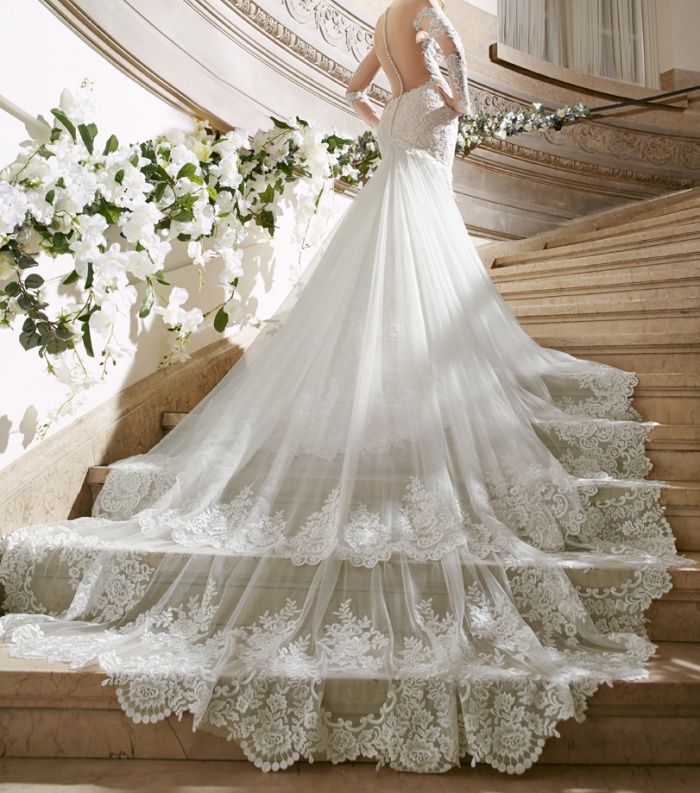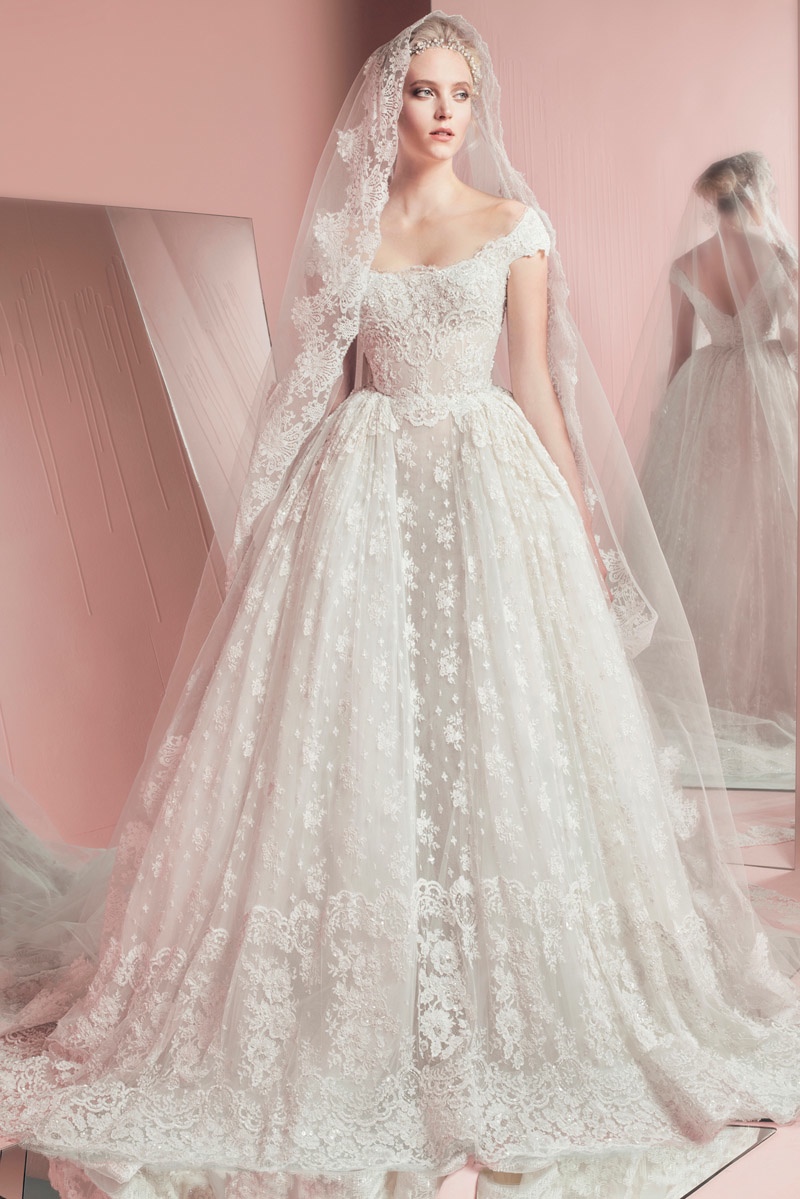Wedding trains gowns dresses why some show
Table of Contents
Table of Contents
Have you ever wondered why wedding dresses have trains? It’s a common feature in many wedding gowns, but where did it originate from? In this post, we will explore why do wedding dresses have trains and related keywords such as the history of wedding dresses with trains, the purpose of wedding dress trains, and the different types of wedding dress trains.
The Pain Points of Wedding Dresses with Trains
Walking down the aisle with a wedding dress train can be challenging, especially if your wedding venue has a long aisle or if you plan to dance a lot at your reception. Trains can also get dirty easily and be challenging to maintain, especially if you’re having an outdoor wedding or plan to take pictures in a park or garden.
Why Do Wedding Dresses Have Trains?
Wedding dresses with trains have been around for centuries, and they are a symbol of elegance and grandeur. Long trains were prevalent in royal weddings as they symbolized wealth and status. Queen Victoria is credited with popularizing the white wedding dress and the long train, which was thirteen feet long. Since then, wedding dress trains have been a popular feature in many wedding gowns, varying in length and style.
Summary of Main Points
Wedding dresses with trains have been around since the Victorian era and are a symbol of elegance and grandeur. They vary in length and style, but they can pose challenges for the bride, such as difficulty walking and maintenance.
Types of Wedding Dress Trains
There are different types of wedding dress trains, ranging from short to long, and each type has its unique style and purpose. The most common types are sweep, court, chapel, and cathedral.
 A sweep train is the shortest, barely brushing the floor, and it’s perfect for outdoor weddings or a more casual look. A court train falls between the sweep and the chapel train, and it’s a popular choice for elegant weddings as it’s long enough to look regal without being too cumbersome. A chapel train extends several feet from the waist and is perfect for formal weddings held indoors, while a cathedral train is the longest and most dramatic, measuring up to ten feet from the waistline.
A sweep train is the shortest, barely brushing the floor, and it’s perfect for outdoor weddings or a more casual look. A court train falls between the sweep and the chapel train, and it’s a popular choice for elegant weddings as it’s long enough to look regal without being too cumbersome. A chapel train extends several feet from the waist and is perfect for formal weddings held indoors, while a cathedral train is the longest and most dramatic, measuring up to ten feet from the waistline.
The Pros and Cons of Wedding Dress Trains
While wedding dress trains are beautiful and add elegance to your gown, they can also be challenging to manage. Trains can get dirty easily, especially if you’re having an outdoor wedding, and they can make it challenging to move around or dance. If you’re considering a wedding dress with a train, it’s essential to weigh the pros and cons to decide whether it’s the right style for you.
The History of Wedding Dress Trains
Wedding dress trains date back to the Middle Ages when weddings were a grand affair with ornate dresses and elaborate ceremonies. Long trains were a sign of nobility, and only the wealthiest brides could afford them. In the Victorian era, Queen Victoria’s white wedding dress with a long train became a trend, and soon brides all over the world started incorporating long trains into their wedding gowns.
Choosing the Right Wedding Dress Train
When choosing a wedding gown, it’s essential to consider your body shape and wedding venue to choose the right train style. If you’re having an outdoor wedding, a sweep or court train may be the best option, while if you’re having an indoor wedding, a chapel or cathedral train may be more suitable. It’s also essential to practice walking in your wedding dress with the train before the wedding day to ensure that you’re comfortable and can move around with ease.
Question and Answer
Q: Why do brides wear wedding dress trains?
A: Wedding dress trains are a symbol of elegance and grandeur, and they have been around since the Victorian era. Long trains were popularized by Queen Victoria, and since then, they have been a popular feature in many wedding gowns.
Q: What are the different types of wedding dress trains?
A: The most common types of wedding dress trains are sweep, court, chapel, and cathedral. They vary in length and style and are suitable for different wedding venues and dress styles.
Q: Are wedding dress trains difficult to maintain?
A: Yes, wedding dress trains can be challenging to maintain, especially if you’re having an outdoor wedding or plan to take pictures in a park or garden. Trains can get dirty easily, and it’s essential to take care of them properly to ensure that your dress remains beautiful throughout your wedding day.
Q: Can I customize my wedding dress train?
A: Yes, many bridal stores offer customized wedding dress trains to suit your style and preferences. You can choose the length, style, and embellishments to create a unique look that reflects your personality and taste.
Conclusion of Why Do Wedding Dresses Have Trains
In conclusion, wedding dress trains have been around for centuries and are a symbol of elegance and grandeur. While they can be challenging to manage and maintain, they add a touch of romance and drama to your wedding gown. If you’re considering a wedding dress with a train, it’s essential to choose the right style and practice walking in it to ensure that you’re comfortable and can move around with ease.
Gallery
Why Do Wedding Dresses Have Trains - SandiegoTowingca.com

Photo Credit by: bing.com / trains
Why Do Wedding Dresses Have Trains - Myperfectwedding.org

Photo Credit by: bing.com /
Why Do Wedding Dresses Have Trains: History And More - Krostrade

Photo Credit by: bing.com /
To Be Or Not To Be: Do You Need A Wedding Gown Train? | The Best

Photo Credit by: bing.com /
Why Do Wedding Gowns Have Trains? - Quora
Photo Credit by: bing.com / wedding trains gowns dresses why some show






